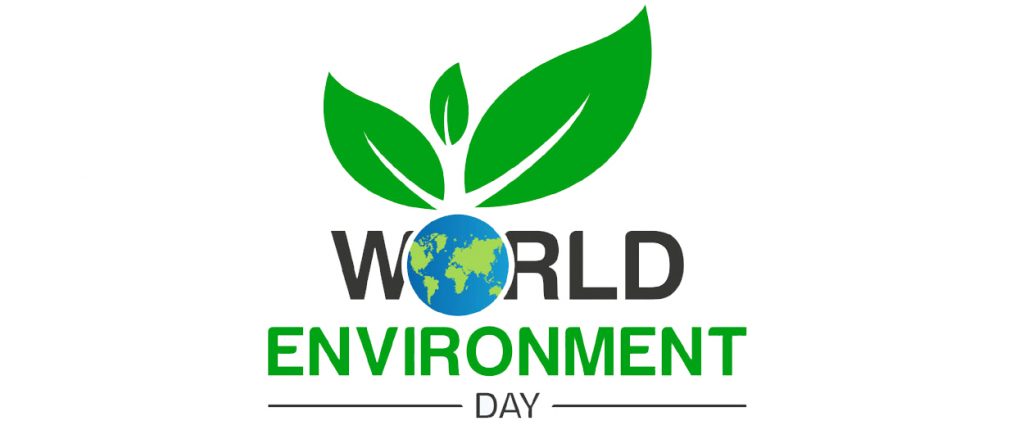 The Nepal Weekly
The Nepal Weekly  June 4, 2024
June 4, 2024
This year’s World Environment Day campaign focuses on land restoration, desertification and drought resilience under the slogan “Our land. Our future. We are #GenerationRestoration”.
World Environment Day means extensively to people to planet. It is closely related to climate change, air pollution, clean cooking solutions, waste management, wildlife conservation, forest conservation, soil conservation and so on.
Thus, such all aspects ensemble or separately discussed and interacted for policy influence and awareness on the occasion of World Environment Day and also on other casual days.
World Environment Day isthe biggest international day for the environment. Led by the United Nations Environment Programme (UNEP), and held annually since 1974, it has grown to be the largest global platform for environmental outreach. It is celebrated by millions of people around the world.
This special day was established by UN General Assembly on the first day of the Stockholm Conference on Human Environment which was held in Stockholm Sweden from June 5- 6 in 1972. Since then Word Environment Day is celebrated annually on 5th June and various activities for awareness and protection of Environment are carried out. In 1987, it is decided to rotate the host of Environment Day activities by selecting a host county for the Environment Day activities celebration.
However, when there was strict lockdown to stay safe from coronavirus there were no human activities including transportation. Then the mountains were visible from far away. Mountains in Nepal were spotted from the far north of India, air and environment of the majority of cities in this globe have improved, the river of Ganga is much cleaner. Mount Everest was visible from higher parts of the Kathmandu Valley. That was part of restoration of clean environment. But every time lockdown is not possible for us. That means human activities cause damage to environment.
Human beings must work and disburse but as the human movement slows, and the environment furnishes proving that we humans are the biggest threat to the environment.
The theme of this year’s World Environment Day is “land restoration, desertification, and drought resilience.”
Humanity depends on land. Yet, all over the world, a toxic cocktail of pollution, climate chaos, and biodiversity decimation are turning healthy lands into deserts, and thriving ecosystems into dead zones. They are annihilating forests and grasslands, and sapping the strength of land to support ecosystems, agriculture, and communities.
That means crops failing, water sources vanishing, economies weakened, and communities endangered – with the poorest hit hardest. Sustainable development is suffering. And we are trapped in a deadly cycle – land use is responsible for eleven percent of the carbon dioxide emissions heating our planet. It’s time to break free.
Countries must deliver on all their commitments to restore degraded ecosystems and land, and on the entire Kunming-Montreal Global Biodiversity Framework. They must use their new national climate action plans to set out how they will halt and reverse deforestation by 2030. And we must drastically scale-up finance to support developing countries to adapt to violent weather, protect nature, and support sustainable development.
Inaction is too costly. But swift and effective action makes economic sense. Every dollar invested in ecosystem restoration creates up to thirty dollars in economic benefits.
We are Generation Restoration. Together, let’s build a sustainable future for land, and for humanity.
World Environment Day therefore serves as a reminder and a rallying call to individuals, organizations, and communities to be an active force in the protection of the environment. Here are a few great ways to participate:
Support and participate in localized successes that include clean-up exercises, tree-planting efforts, or an educational forum that is held within your community. Unite with people who share the same passion and work to increase people’s awareness of crucial environmental problems and introduce practical changes.
Implement some of the sustainable practices in your everyday life: Follow the maxim ‘Reduce, Reuse, Recycle’. Essentially, avoid creating unnecessary waste, use products that can reused, and segregate your waste where possible for recycling. Try to reduce your usage of water and energy as much as possible. Promote the use of efficient fixtures and try as much as possible to reuse the water instead of letting it drain out. Replace your appliances with energy-efficient elements and use renewable energy sources to minimize your impact on the environment.
Many people who are involved in their day-to-day business and do not conduct research on foods to be taken are likely to develop the above diseases. Choose local, organic, and eco-friendly foods that are friendly to the environment and have passed through minimal processing. Eat less beef and other livestock products and replace them with plant foods to minimize the effects of agriculture on the environment.
For instance, give a presentation to state legislators on the negative impacts of the current policies or practices. Some of the things that can done are to write letters to your elected representatives, sign petitions, or join environmental organizations that have the aim of advocating for change concerning environmental policies or any issues concerning the environment.
According to the classification, the best way to raise ecological awareness is to spend more time in nature. Enjoy the outdoors and involved in recreational activities such as visiting parks, forests, or beaches while practicing conservation. Engage groups that want to preserve ecosystems in the area and species that inhabit them.

